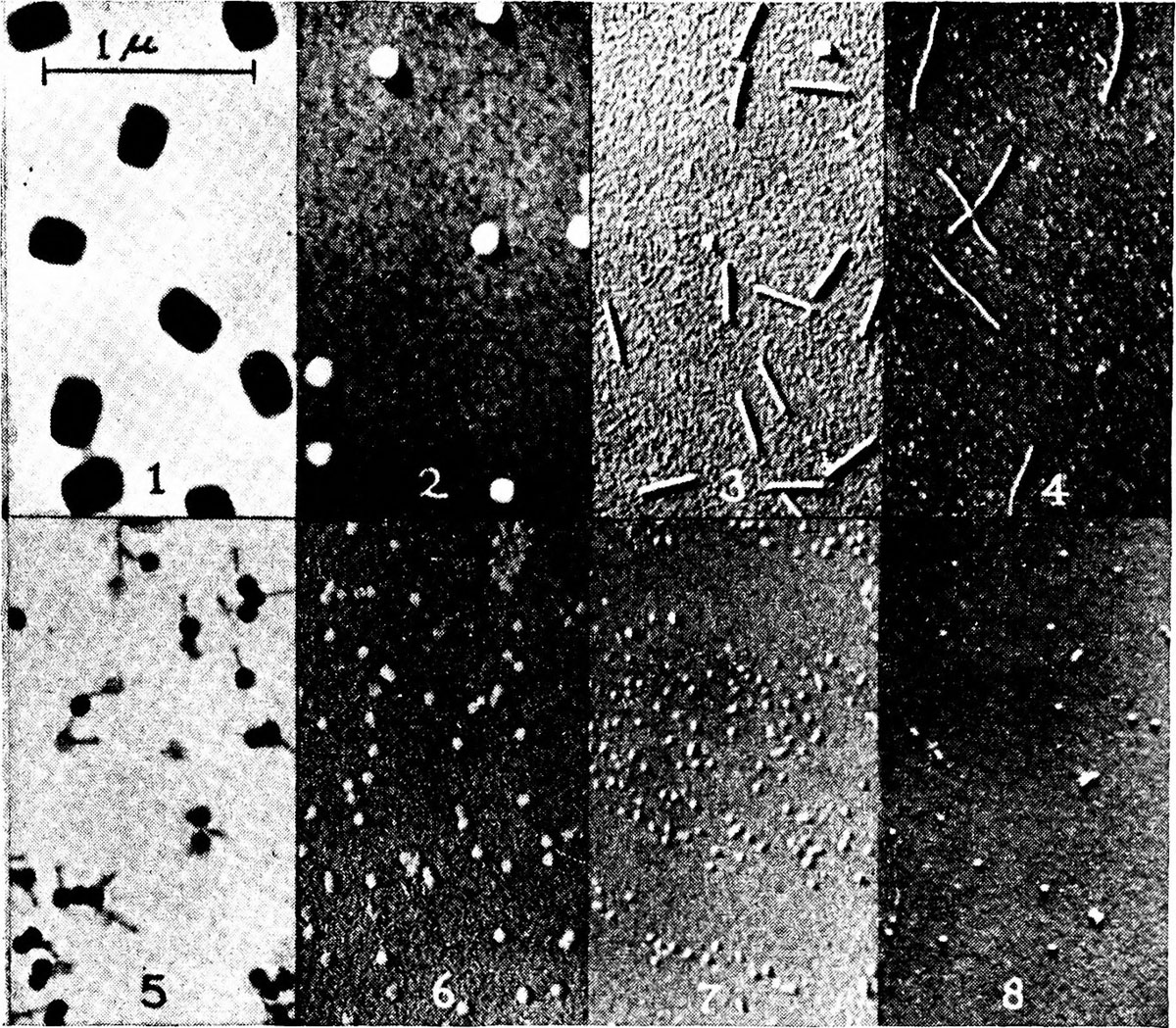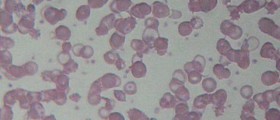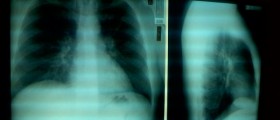
Hereditary hemochromatosis is a genetic disorder and an inherited disease defined by excessive absorption of dietary iron. As a result of this complication, the patient’s body becomes overloaded with iron, since the total iron stores become pathologically increased. There is no way by which human body normally excretes excessive iron. The iron stays in the body and accumulates in the tissues and organs, which typically leads to series of complications. The commonly affected organs are liver, heart, pancreas, joints, skin and adrenal glands. In many cases, the hereditary hemochromatosis presents as different other disorders namely cirrhosis, adrenal insufficiency, heart disease or diabetes. Hereditary hemochromatosis is also associated with life-threatening diseases such as cancer.
Causes of hereditary hemochromatosis
This condition usually appears in the midlife, when the levels of iron in the body reach the critical level. It is most common in people from Northern Europe, and those of Celtic descent seem to be at the greatest risk. This genetic disorder is caused by a mutation in the gene responsible for controlling the quantity of iron the body absorbs from the diet. The gene associated with this condition is HFE gene, which is inherited from each of the parents. A person will develop the disease if he or she gets the mutated gene from both of the parents. However, not everyone who gets the mutated gene develops the hemochromatosis. If someone inherits only one gene, he or she will not develop the disease. However, this person remains a gene mutation carrier. Similarly, if a person inherits the mutated gene from both parents, there is only the increased chance of hemochromatosis, but not everyone will develop the disease. Nevertheless, the gene continues to transit from one generation to another.
Signs and symptoms of hereditary hemochromatosis
This condition is extremely hard to diagnose in the early stage, since the early symptoms usually resemble those of many other similar conditions. At the onset of the disease the person may feel very tired, and the fatigue may seem to be chronic. In many cases, there is a joint pain and unpleasant feeling in the upper right quadrant of the abdomen. Very often, patients will experience radical loss of a sexual drive, or even become impotent. Women may perceive changes in the normal menstrual cycle or even complete absence of the menstruation.
However, many people affected with hereditary hemochromatosis will not experience any of the symptoms. Even if they show up, the symptoms can radically vary from one person to another, and from males and females. The important thing about hereditary hemochromatosis is that the genetic testing reveals whether a person has mutations in the HFE gene. Upon noticing any of the listed symptoms, a simple genetic testing may help to diagnose the condition on time and prevent life-threatening complications.

















Your thoughts on this
Loading...